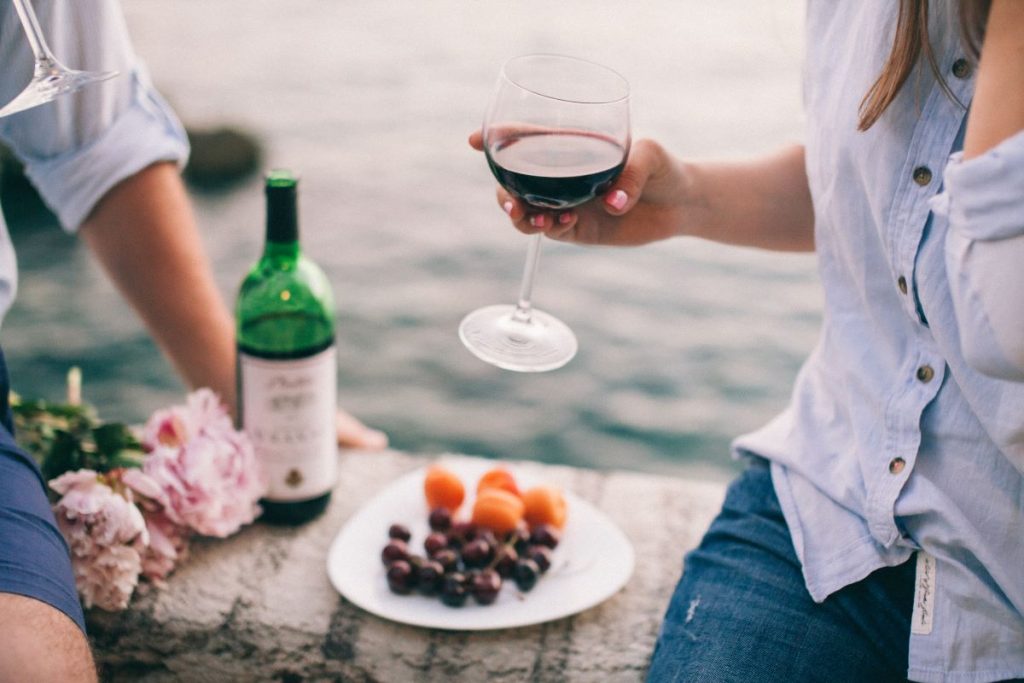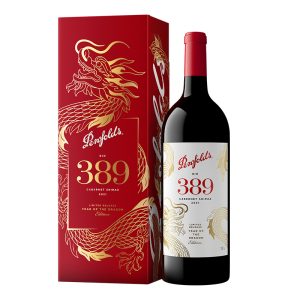If you’ve just started exploring wines and the beautiful process they undergo, you might have frequently encountered red wines in your search.
Well, this does not come as a surprise anymore, considering that in Singapore, red wines are the most widely consumed type of wine with a competitive market that continues to expand because of its accessibility and variety.
To help you find your way across the pool of red wine bottles in liquor aisles, we’ve created a guide that explains the basics of this wine type, from its creation to its enjoyment at dining tables with steaks or satays.
The Winemaking Process
One of the most asked questions by wine drinkers just starting to immerse themselves in the world of wines is probably, “How are wines made?” While the winemaking process has significantly evolved with technology, the entire practice still largely relies on the foundational steps.
The life of red wines starts with planting and growing grapes and harvesting them at the right time, whether by machine or hand. The fruits are then sorted by removing rotten or under-ripe ones.
Once winemakers have classified the grapes, they crush them, typically through mechanical presses.
How do red wines become red?
For white wines, winemakers immediately remove grape skins after pressing to prevent unwanted colour from penetrating the wine, unlike red wines where grape juice must maintain contact with the grape skin to pass on flavour, tannins, and, most importantly, colour to the wine.
Once grapes have been crushed and pressed, they need to rest and ferment, with a fermentation period typically lasting from ten days to a month or more. In this process, the conversion of sugar to alcohol begins.
After these steps, wines undergo clarification, which removes unwanted, insoluble matter that affects wine clarity and stability. Then, for the final stage, winemakers age and bottle their wines–a crucial part of the process where wines develop their flavour and characteristics over time.
The processes mentioned above are just the basics.
Winemakers can still get creative with their processes, depending on their style and preferences, to achieve their desired red wine quality. Several factors affect quality, including fermentation temperatures and techniques, grape ripeness levels, and types of aging containers. The key is to find the proper process that best fits your tastes.
Understanding Red Wine Styles

After the meticulous winemaking process comes the part beginners or young drinkers look forward to: wine tasting.
When learning about the taste of red wines, it is essential to know that we categorise them by styles or “body type,” which pertains to the “mouthfeel,” particularly to how heavy the wines feel in your mouth.
Red wine styles can be light, medium, or full-bodied. Each style’s structure and flavour profile differs and depends on winemaking techniques, aging, climate, and grape variety.
Light-Bodied Wines
This red wine style brings a crisp, lightweight, and refreshing feel to the mouth, ideal for white wine drinkers starting to explore red wines. It has a lower alcohol percentage (less than 12.5%), gives off a sharp and spicy sensation due to its higher acidity, and has fewer tannins than other wine styles.
Although it can be enjoyed alone, drinking it with light food pairings, such as fresh fruit, seafood, or salads, is also ideal. Pinot Noir and Gamay are some examples.
Medium-bodied Wines
If you want to begin by playing a bit safe in identifying the best red wines suitable for your taste, you should check out the medium reds.
Medium-bodied red wines are not too light and bold; they are right in the middle. They still do not hit you with intense flavours, with alcohol percentages between 12.5% and 13.5%. They have more tannins than light-bodied wines, but their balance with acidity makes them a good food partner as well. Some examples include Merlot and Cabernet Franc.
Full-bodied Wines
Full-bodied wines are a must if you’re into more intense and complex red wine flavours.
Red wines with more than 13.5% alcohol content are considered full-bodied wines. They manifest dark hues such as burgundy, deep, or opaque purple. Additionally, they have lower acidity but higher tannins, giving them a richer and heavier feel on the palette. Some examples include Cabernet Sauvignon and Malbec.
Wine Tasting
Let’s say you already have initial information about red wines and are considering attending wine tasting events. If you’re ready to swirl the premium wine in your glass and deeply engross yourself with the aroma and decadent tastes, here’s a ‘pro guide’ you can follow to get started as a wine aficionado.
Four simple steps in wine tasting will help you assess wine quality and determine whether it meets your preferences.
- Assess its appearance. Evaluate the wine’s legs, colour, and clarity to gain further insights into its age, sweetness, body type, etc.
- Appreciate its aroma. Does it have a fruity or tropical aroma? A floral note? Swirl your glass and take your time to absorb the scent.
- Take a sip. After noting how the red wine looks and smells, it’s time to assess its flavours. Ask yourself these questions: what are its acidity levels, and how intense is it? After a few sips, how can you describe its taste?
- Create an overall impression. Using your gathered information, wrap up the experience and develop a ‘wine verdict’ to determine whether that particular red wine is for you.
Red wines are an adventure to the palate
Red wines come in many styles. From bold and fruity to light and floral, they can have layers of flavour and aroma that you can discover as you drink.
With different varieties waiting to be uncovered, red wines are an exciting and continuous adventure, especially for beginners. There’s always something new to try, and you can find wines that pair well with different foods, moods or occasions.
The best red wine for beginners that we’d like you to try? Bourgogne Pinot Noir, Penfold Bin 389, and Senses Pinot Noir.
Our red wine recommendations encompass low to moderate alcohol content with accessible pricing.
And, where to buy wine Singapore young wine drinkers will love?
Crystal Wines is the perfect avenue to explore a wine adventure that is waiting to be explored. As a wine shop deeply committed to providing the best quality wines, we cater to clients, collectors, and casual or beginner wine drinkers, stocking a diverse range of wine selections to suit every occasion.

